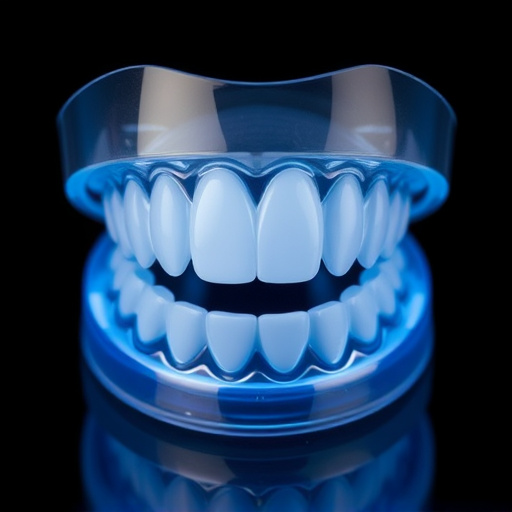Root canal treatment has evolved from painful to nearly painless, using advanced techniques and biocompatible materials. It begins with an exam and X-rays, followed by removal of infected tissue, cleaning and filling the root canal, and often placing a dental crown. Modern methods save teeth, alleviate pain, and prevent further decay, making it an effective and comfortable solution for oral health.
“Experience a painless root canal treatment with modern dentistry. In this comprehensive guide, we demystify the procedure, addressing common fears and misconceptions. Learn about the modern approach, from initial assessment to post-treatment care. Understand the step-by-step process, ensuring you’re informed every step of the way. Take control of your dental health—discover how advanced techniques make root canal treatment more accessible and less intimidating than ever before.”
- Understanding Root Canal Treatment: The Modern Approach
- Debunking Myths: Making the Procedure Less Feared
- Step-by-Step Guide: What to Expect During and After
Understanding Root Canal Treatment: The Modern Approach

Root canal treatment is a common dental procedure that has evolved significantly over time. In the past, it was often associated with discomfort and anxiety. However, modern dentistry has revolutionized this perception by introducing advanced techniques and technologies that make root canal treatments nearly painless. Today, patients can expect a comfortable experience similar to receiving a dental filling, thanks to improved anesthetics, state-of-the-art equipment, and expert endodontists who specialize in saving natural teeth.
The modern approach to root canal treatment involves several steps, ensuring the procedure’s effectiveness and patient comfort. It begins with an initial examination and X-rays to diagnose the issue accurately. If a root canal is necessary, the dentist creates a small access point on the tooth to clean out the infected or damaged tissue. This process, known as debridement, removes any bacteria or decay, followed by filling the space with a biocompatible material to restore the tooth’s structure and prevent further infection. In many cases, a dental crown is placed afterward to enhance strength and aesthetics, offering comprehensive dental care solutions for patients requiring emergency dental care or dealing with tooth decay.
Debunking Myths: Making the Procedure Less Feared

Many people fear root canal treatment, often due to misconceptions and myths that have persisted over time. Let’s set the record straight and debunk some of these common fears. Root canal procedures are designed to save a tooth rather than extract it. The process involves removing infected or damaged tissue inside the tooth, cleaning and shaping the space, and filling it with a material similar to natural tooth structure. This not only alleviates pain but also prevents further decay and infection.
Contrary to popular belief, modern root canal treatments are typically painless, thanks to advanced dental technologies and local anaesthetics. Unlike in the past, when the procedure could be uncomfortable, contemporary dentistry offers improved techniques and materials that ensure patient comfort during and after the treatment. In fact, a successful root canal often results in significant tooth pain relief, making it an effective solution for maintaining oral health and avoiding more extensive procedures like tooth extractions or complex dental fillings.
Step-by-Step Guide: What to Expect During and After

Root canal treatment has evolved significantly with modern dentistry, making it a relatively painless procedure for patients. Here’s what to expect during and after the process.
First, your dentist will perform a thorough examination and take X-rays to determine the need for a root canal and assess the tooth’s condition. Next, local anesthesia is administered to numb the area around the tooth, ensuring you feel no discomfort. The dentist then makes a small opening in the tooth to access the pulp chamber. They carefully removes the infected or damaged pulp, cleans and shapes the root canal, and places an appropriate filling material to seal it. In many cases, a dental crown is recommended afterward to restore the tooth’s strength and appearance. Alternatively, dental bonding might be used for smaller repairs. After the procedure, you may experience some mild discomfort, but over-the-counter pain relievers can help manage this. It’s crucial to follow your dentist’s aftercare instructions, including keeping the treated area clean and avoiding excessive biting pressure until the final restoration is placed.
Root canal treatment has evolved significantly, making it a relatively painless procedure in modern dentistry. By understanding the process, debunking myths, and knowing what to expect, patients can face this treatment with confidence. With advanced techniques and technology, root canal treatments today offer effective relief from tooth pain and preserve natural teeth, ensuring a healthier smile for years to come.














